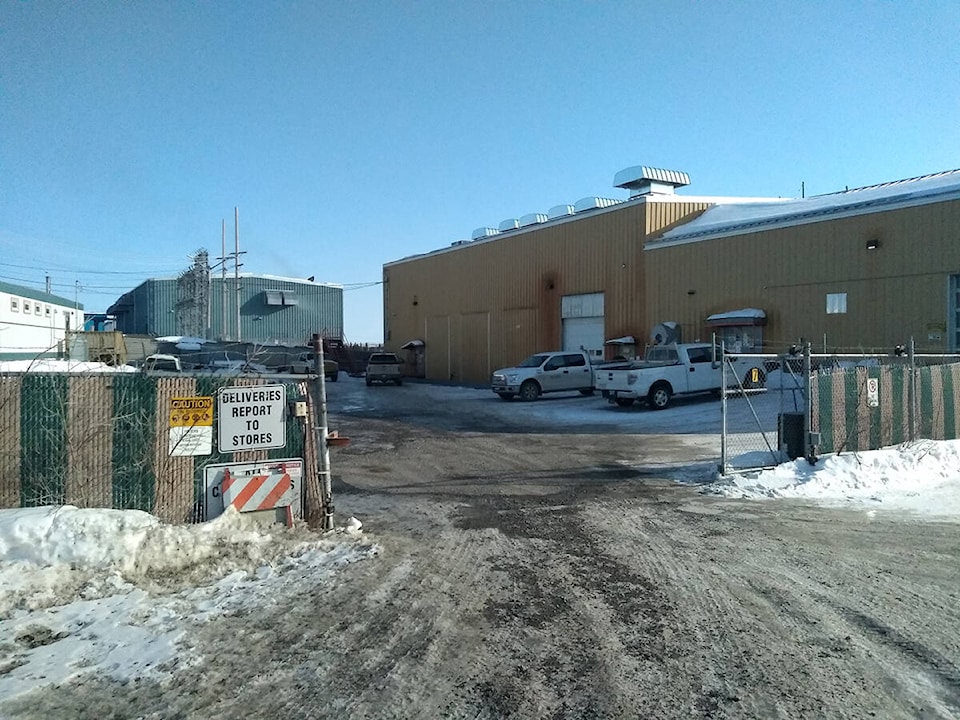Over the last month and change, nearly 7,000 litres of diesel fuel was spilled at the Inuvik PowerPlant, but officials say the spills and the environmental impact have been contained.
Northwest Territories Power Corporation communications manager Doug Prendergast confirmed there were two spills at the facility, one spilling approximately 2,400 litres March 4 and the other spilling nearly 4,400 L on March 18. Of the 6,800 L spilled, about 1,900 L was recovered.
”In both situations,” said Prendergast. “Fuel spilled indoors on the floor of a plant and migrated outdoors. The fuel remained on NTPC property, primarily in depressions under each plant. All spilled fuel that remained indoors was recovered from the plant floor.
“Clean up efforts of free-standing product are largely completed with some stained soil remaining under the plant. The risk of migration is considered low.”
He added workers were dealing with complications removing the contaminated soil because of a lack of the proper equipment, as well as from buried utilities on site in the way. The frozen soil and cold temperatures are also impeding clean up efforts.
Additional trenches and berms are being constructed to contain the spill and absorbents will be deployed during spring melt to mitigate any further contamination.
Though there is currently no evidence fuel left the NTPC property, Prendergast said the full extent of the environmental damage won’t be known until the clean up is finished. He noted an inspector from the department of Environment and Natural Resources visited the site March 21 and did a follow-up March 25.
He confirmed both equipment failure and human error were factors on the incidents.
“Root cause investigations found there were a combination of factors that led to the spills, including human error,” he said. “Other identified areas for improvement include training, compliance with Safe Work Practices and procedures and system design.
“Up-gradient snow has been removed to minimize the potential of spring run-off influencing recovery efforts and diversion berms are being installed in order to further prevent run-off from reaching the impacted areas.
“Absorbent materials will be placed in the berm to collect hydrocarbons which may accumulate in the water. Minimal impacts to water are expected but this water will be collected and transported to a disposal facility. As soil thaws and more stained soils are accessible, further recovery will be completed.”
He added NTPC is monitoring the area to ensure any spilled fuel doesn’t leave the site and clean up work would continue as the soil thaws. An action plan to address the causes of the spills is also in development.
